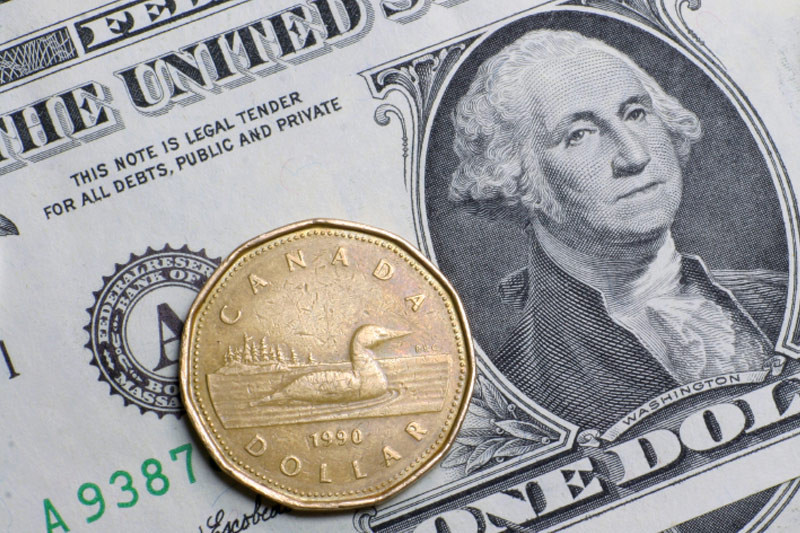Investing.com - The U.S. dollar trimmed gains but remained stronger against its Canadian counterpart on Thursday, after a string of upbeat U.S. data, while an equally postive report from Canada and rising oil prices failed to support demand for the Canadian currency.
USD/CAD pulled away from 1.3319, the highest since January 4, to hit 1.3297 during early U.S. trade, still up 0.18%.
The pair was likely to find support at 1.3190, the low of January 5 and resistance at 1.3396, the high of December 16.
The U.S. Department of Labor said initial jobless claims in the week ending January 14 fell by 15,000 to 234,000 from the previous week’s total of 249,000. Analysts expected jobless claims to rise by 5,000 to 254,000 last week.
In addition, the U.S. Commerce Department said housing starts increased by 11.3% to 1.226 million units last month, beating expectations for a rise to 1.200 million units.
However, building permits unexpectedly decreased by 0.2% to 1.210 million units in December.
A separate report showed that the Philly Fed manufacturing index rose to 23.6 last month from 21.5 in November, compared to expectations for a rise to 15.8.
The data came a day after Federal Reserve Chair Janet Yellen said interest rates could be raised quickly this year, which also lent broad support to the greenback.
Speaking at the Commonwealth Club in San Francisco, Ms. Yellen said that "waiting too long to begin moving toward the neutral rate could risk a nasty surprise down the road - either too much inflation, financial instability, or both."
Meanwhile, Statistics Canada reported on Thursday that manufacturing sales increased 1.5% in November, exceeding expectations for a 1.0% gain. Manufacturing sales slipped 0.6% in October, whose figure was revised from a previously estimated 0.8% fall.
On a less positive note, data also showed that Canada’s foreign securities purchases rose by C$7.24 billion in November, disappointing expectations for an increase of C$10.23 billion.
The commodity-related Canadian dollar also found support thanks to climbing oil prices on Thursday, ahead of the weekly report on U.S. stockpiles.
The loonie was little changed against the euro, with EUR/CAD at 1.4099.
The single currency weakened after European Central Bank President Mario Draghi acknowledged that the growth outlook for the euro area has improved, but reiterated that quantitative easing can be increased if the outlook becomes less favorable.
The comments came after the ECB left its benchmark interest rate unchanged at a record-low 0.0%, in line with forecasts, and kept the size of its monthly quantitative easing program at approximately €80 billion.
